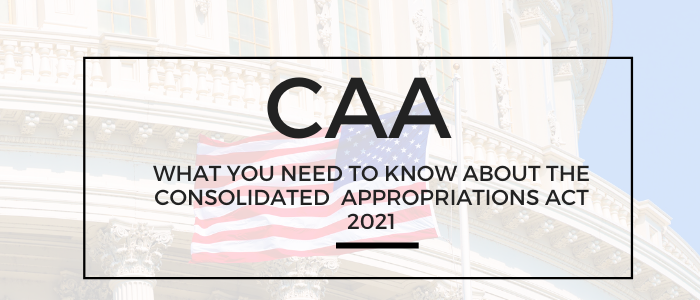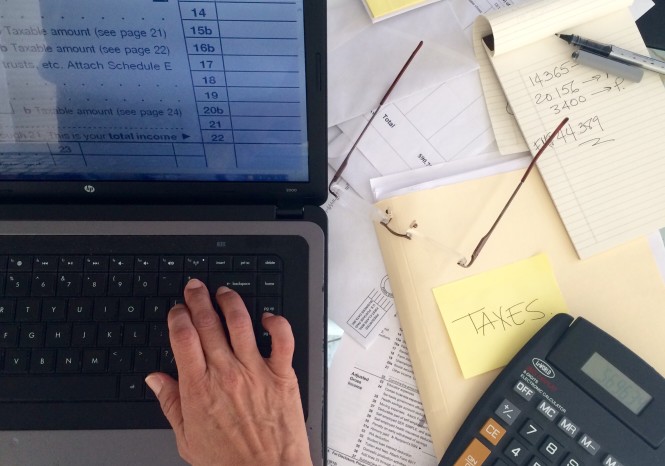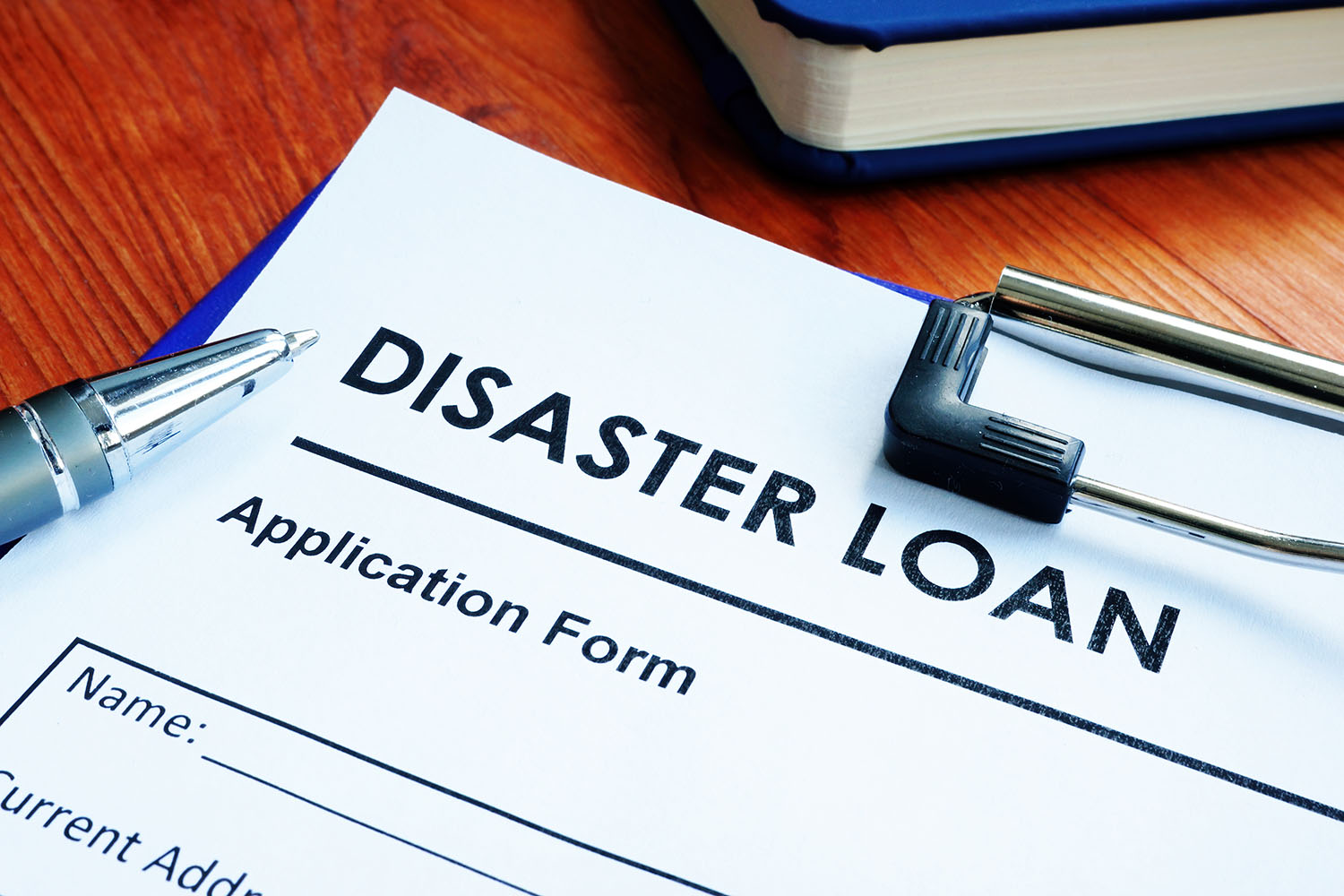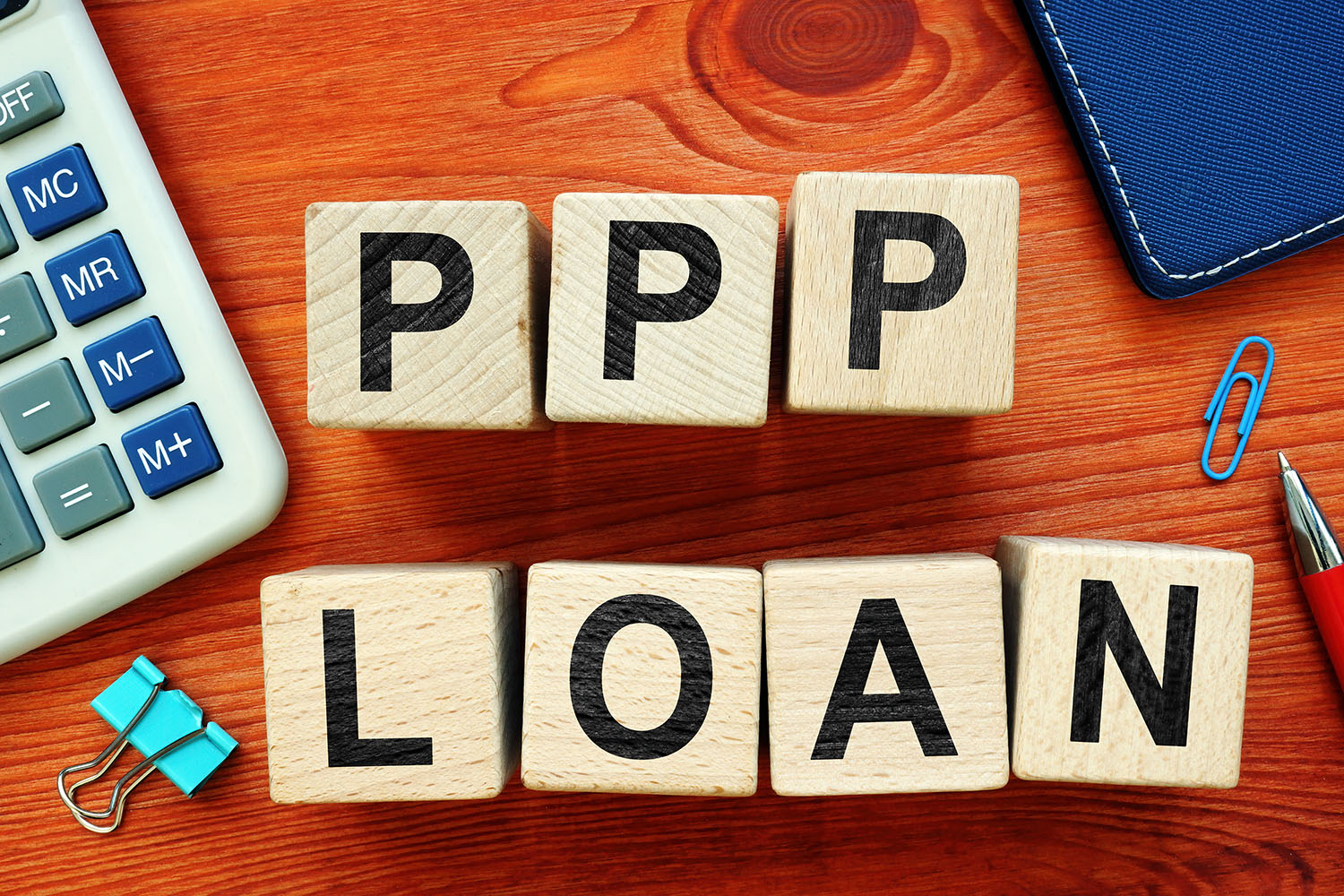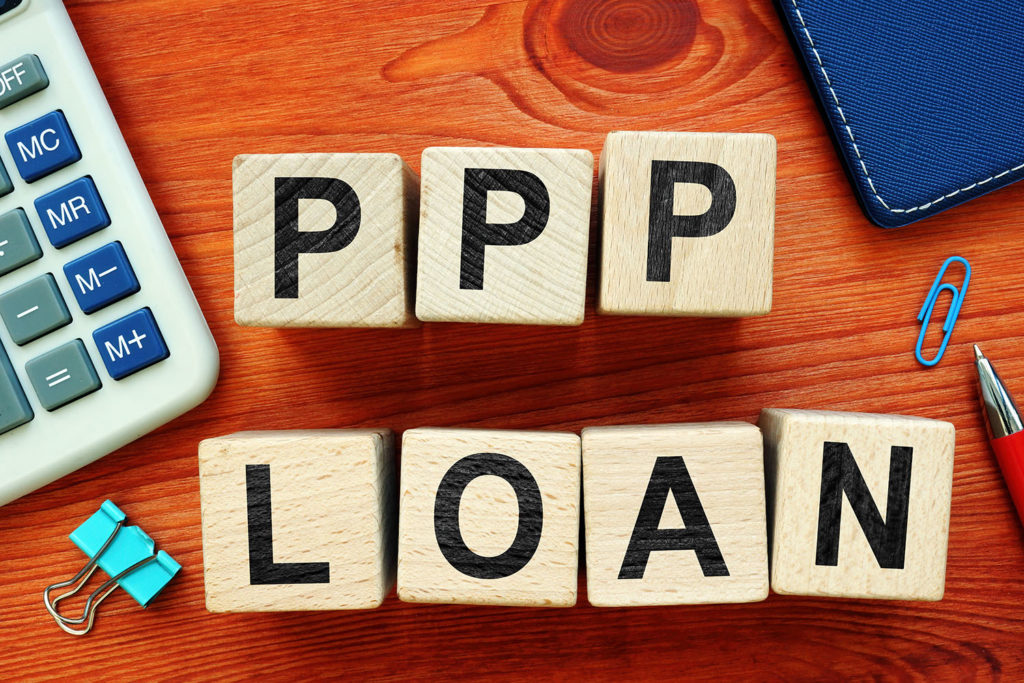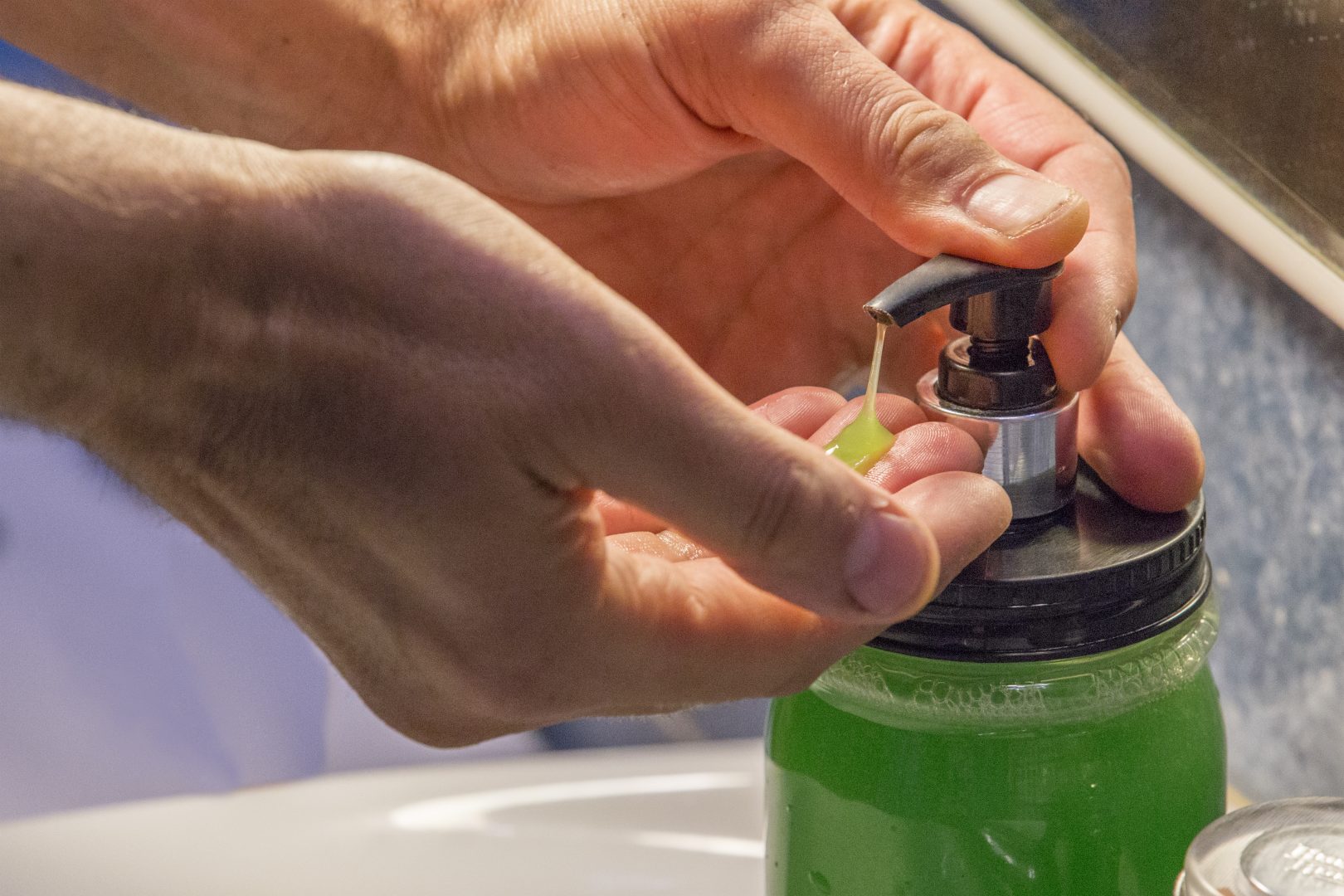The $900 billion emergency relief package represents a bipartisan effort to assist individuals and businesses during the ongoing coronavirus pandemic and accompanying economic crisis.
On Sunday, December 27, 2020, the Consolidated Appropriations Act, 2021 (CAA 2021) was signed into law. A $900 billion emergency relief package is included as part of this omnibus spending bill. It is intended to assist individuals and businesses during the ongoing coronavirus pandemic and accompanying economic crisis. Major relief provisions are summarized here, as well as some additional tax provisions.
Unemployment provisions
The legislation provides an extension to expanded unemployment benefit assistance (although at a lower amount):
- An additional $300 weekly benefit to those collecting unemployment benefits, through March 14, 2021
- An additional 11-week extension of federally funded unemployment benefits for individuals who exhaust their state unemployment benefits
- Targeted federal reimbursement of state unemployment compensation designed to eliminate state one-week delays in providing benefits (allowing individuals to receive a maximum 50 weeks of benefits)
- Unemployment benefits through March 14, 2021, for many who would not otherwise qualify, including independent contractors and part-time workers
Recovery rebates
Most individuals will receive another direct payment from the federal government. Technically a 2020 refundable income tax credit, the rebate amount will be calculated based on 2019 tax returns filed and sent automatically via check or direct deposit to qualifying individuals. To qualify for a payment, individuals generally must have a Social Security number and must not qualify as the dependent of another individual.
The amount of the recovery rebate is $600 ($1,200 if married filing a joint return) plus $600 for each qualifying child under age 17. Recovery rebates are phased out for those with an adjusted gross income (AGI) exceeding $75,000 ($150,000 if married filing a joint return, $112,500 for those filing as head of household). For those with AGIs exceeding the threshold amount, the allowable rebate is reduced by $5 for every $100 in income over the threshold.
| Filing Status | Payment Amount | Phaseout Threshold | Phaseout Completed |
| Married Filing Jointly | $1,200 | $150,000 | $174,000 |
| + 1 Child | $1,800 | $150,000 | $186,000 |
| + 2 Children | $2,400 | $150,000 | $198,000 |
| Head of Household | $600 | $112,500 | $124,500 |
| + 1 Child | $1,200 | $112,500 | $136,500 |
| + 2 Children | $1,800 | $112,500 | $148,500 |
| All Others | $600 | $75,000 | $87,000 |
Business relief
- The employee retention tax credit has been extended through June 30, 2021. It is available to employers that were significantly impacted by the crisis and is applied to offset Social Security payroll taxes. As extended, the credit is increased to 70% of qualified wages, up to a certain maximum per quarter.
- Paycheck protection program (PPP) loans have been extended and the allowable uses (eligible expenses) of the loan expanded. A PPP loan amount can be forgiven for paying certain expenses, and such amount is not included in income. It is clarified that no deduction will be denied, no tax attribute reduced, and no basis increase denied by reason of the exclusion from gross income.
- Repayment of employee payroll taxes deferred in 2020 was originally scheduled for the period January 1, 2021, through April 30, 2021. The period for repayment has been expanded to January 1, 2021, through December 31, 2021.
- The employer tax credit for providing emergency sick and family leave has been extended through March 31, 2021.
- A full deduction is now allowed for business meals provided by a restaurant for expenses paid or incurred in 2021 and 2022.
Rent relief
- The legislation allocates funds to state and local governments to provide emergency rental assistance through December 31, 2021.
- The legislation extends an eviction moratorium originally issued by the Centers for Disease Control and Prevention, but only through January 31, 2021.
Charitable giving
Enhancements to the normal charitable gifts deduction rules in 2020 have been extended through 2021.
- For those who itemize deductions, the limit on the charitable gifts deduction has been increased to 100% of AGI for direct cash gifts to public charities.
- For nonitemizers, a $300 (increased to $600 in 2021 for joint returns) charitable deduction for direct cash gifts to public charities is available (in addition to the standard deduction).
Other tax provisions
The floor for deducting medical expenses has been permanently lowered to 7.5% of AGI (it was scheduled to increase to 10% in 2021).
Starting in 2021, the deduction for qualified tuition and related expenses has been repealed. To make up for it, the modified adjusted gross income (MAGI) phaseout range for the Lifetime Learning Credit has been increased to be the same as the phaseout range for the American Opportunity Tax Credit.
A number of provisions that are periodically extended (often a year at a time) have been extended through 2025, including:
- The exclusion from gross income of discharge of qualified principal residence indebtedness
- The employer credit for paid family and medical leave
- The exclusion from income for certain employer payments of student loans
A number of other provisions have been extended (generally through 2021), including:
- The treatment of mortgage insurance premiums as qualified residence interest for purposes of the interest deduction
- The energy efficient home credit
IMPORTANT DISCLOSURES: ORIGINALLY POSTED AT BALLAST ADVISORS. The opinions expressed herein are those of Ballast Advisors, LLC and are subject to change without notice. The third-party material presented is derived from sources Ballast Advisors consider to be reliable, but the accuracy and completeness cannot be guaranteed. Past performance is not indicative of future results. Nothing contained herein is an offer to purchase or sell any product. This material is for informational purposes only and should not be considered investment advice. Ballast Advisors reserve the right to modify its current investment strategies and techniques based on changing market dynamics or client needs. Broadridge Investor Communication Solutions, Inc. does not provide investment, tax, legal, or retirement advice or recommendations. The information presented here is not specific to any individual’s personal circumstances. To the extent that this material concerns tax matters, it is not intended or written to be used, and cannot be used, by a taxpayer for the purpose of avoiding penalties that may be imposed by law. Each taxpayer should seek independent advice from a tax professional based on his or her individual circumstances. These materials are provided for general information and educational purposes based upon publicly available information from sources believed to be reliable — we cannot assure the accuracy or completeness of these materials. The information in these materials may change at any time and without notice. Ballast Advisors, LLC is a registered investment advisor under the Investment Advisers Act of 1940, as amended. Registration does not imply a certain level of skill or training. More information about the firm, including its services, strategies, and fees can be found in our ADV Part 2, which is available without charge upon request.

